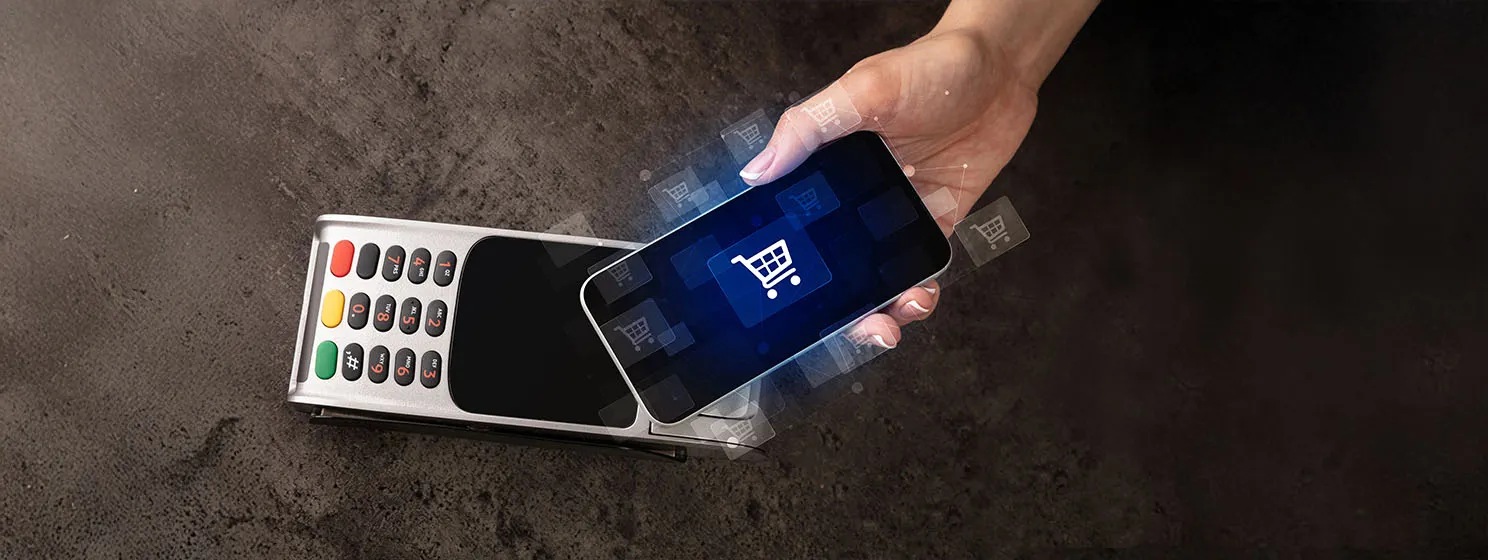|
Getting your Trinity Audio player ready...
|
The Depository Trust & Clearing Corporation (DTCC), the world’s largest financial markets infrastructure provider, has launched a digital asset sandbox to address fragmentation and boost tokenization in the capital markets industry.
Dubbed the DTCC Digital Launchpad, it will involve financial services providers and tech companies, allowing them to collaborate on pilots “that have a clear path to production.”
DTCC is a post-trade market infrastructure company that provides clearing, settlement, and trade reporting services to thousands of financial market participants. In 2023, it processed over $3 quadrillion worth of securities transactions.
The sandbox will address fragmentation in asset tokenization. The sector is expected to present a $16 trillion opportunity by 2030 as illiquid assets like real estate are tokenized, allowing them to be easily traded globally.
However, this revolution faces the same challenge that the traditional rails struggled with—silos. Today, most tokenization initiatives have conflicting standards and technology, leading to a fragmented ecosystem.
“We’ve reached a critical inflection point in the adoption of digital asset technology, and DTCC is challenging the industry to rethink and reframe its siloed approach,” commented Nadine Chakar, the head of the new sandbox.
“The ultimate objective of DTCC Digital Launchpad is to bring the industry together to build production-ready, secure, and efficient digital market infrastructure and standards that will transform capital markets for generations to come.”
The new sandbox will offer two versions of launchpads—industry and client. The former will be an open ecosystem where various participants can collaborate on pilots, with DTCC set to publish the results of the first wave of pilots in Q1 2025. The latter will offer dedicated solutions for individual client needs where they can launch their own projects.
Elimination of silos is critical for the success of tokenization. However, whether DTCC is best placed to lead this initiative remains a question. The Jersey City-based giant is the lifeblood of the current financial markets infrastructure, offering intermediary services that make securities trading safe and trusted.
Blockchain’s key advantage in securities trading is the elimination of intermediaries, making the processes faster and cheaper. For instance, using blockchain’s atomic settlements removes the need for central counterparties, which is one of DTCC’s main offerings. Even central securities depositories (CSDs), which the company also offers, can be eliminated through blockchain, where all transactions are recorded on a distributed ledger that’s secure and immutable. However, removing CSDs would require trading on one blockchain network, so there would be no need to reconcile trades on dozens of chains.
DTCC, like all its peers, including European leaders Clearstream and Euroclear, realizes that its business model is under severe threat by blockchain. This has forced the three to invest aggressively in DLT initiatives to ensure their survival. They published a joint paper in 2023 arguing that they must remain at the heart of the financial markets, even in a blockchain-powered world, to help coordinate the fragmented solutions.
Brazil to regulate tokenization in 2025
As DTCC and its peers strive to remain relevant in the age of tokenization, Brazil’s central bank has pledged to regulate the rapidly growing sector. Speaking at a recent industry event, Banco Central do Brasil governor Roberto Campos Neto also pledged to regulate stablecoins, which have become increasingly popular in the Latin American nation.
Brazil is the leader in digital asset adoption in South America, with the latest report from Chainalysis ranking it ninth globally, ahead of the likes of Turkey, Russia, and the United Kingdom.
Stablecoins have been especially popular as a hedge against Real depreciation and for cross-border transfers. This has led to a growing number of local stablecoins; just a week ago, the top digital asset platforms in the country—including Mercado Bitcoin and Bitso—announced the launch of BRL1, a stablecoin pegged to the local currency. In August, e-commerce giant Mercado Libre launched MELI, a stablecoin for clients of its digital bank Mercado Pago.
The central bank has been apprehensive about stablecoins. Last year, the governor alleged that a lot of the adoption “is connected to tax evasion or linked to illicit activities.”
Watch: Converging IPv6 & Bitcoin for decentralized

 08-10-2025
08-10-2025 





